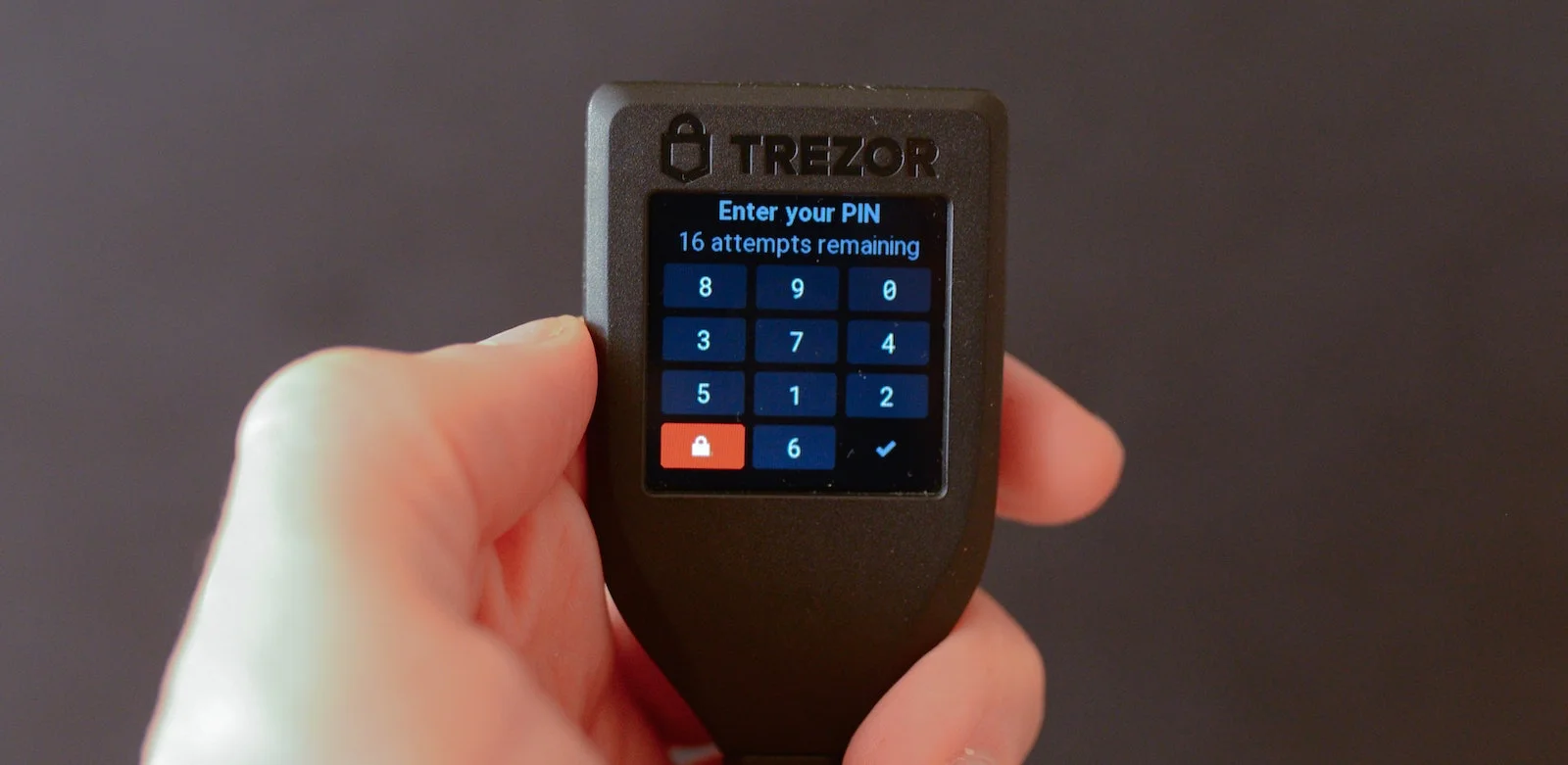Want to keep your crypto assets secure? Learn about the benefits of using a cold wallet and what it is. What is a cold wallet and how does it work?
Cryptocurrencies are digital assets that offer a new way of exchanging value without the need for intermediaries like banks or governments. As their popularity grows, so does the need for secure storage options. One such option is a cold wallet, which provides a secure and offline storage solution for cryptocurrency assets.
In this article, we will explain what a crypto cold wallet is, its advantages, the different types of cold wallets, and how to use one.
What is a Cold Wallet – Definition
A cold wallet, also known as an offline wallet, is a device or software that stores your private keys and cryptocurrency assets in an offline environment. It differs from a hot wallet, which is connected to the internet and can be accessed online.
The primary advantage of using a cold wallet is security. Since cold wallets are offline, they are immune to online threats like hacking attacks that can compromise your private keys and steal your cryptocurrency assets. By keeping your private keys offline, you have full control of your assets and are not reliant on third-party services.

Types of Crypto Cold Wallets
There are three main types of crypto cold wallets: hardware, software, and paper wallets.
- Hardware wallets are physical devices that store your private keys and enable you to sign transactions offline. They are usually USB-like devices with a screen and buttons for user interaction. Hardware wallets are considered the most secure option since they are specifically designed to protect your private keys from online attacks.
- Software wallets are cold wallets that are installed on a computer that is not connected to the internet and can store your private keys. They offer more flexibility than hardware wallets, as you can use them on any computer that meets the software requirements.
They are used to generate signatures for transactions that are then broadcasted to the blockchain network from another device that is connected to the internet. - Paper wallets are another form of cold wallet that store your private keys on a piece of paper. This method involves printing out your private keys and keeping them in a secure location. While this method is considered the most secure, it can be challenging to use and requires careful handling to prevent loss or damage.
How to Use a Cold Wallet
Using a cold wallet requires some technical knowledge, but it is not complicated. Here are some steps to follow when setting up and using a cold wallet:
- Choose a cold wallet that suits your needs and budget.
- Follow the instructions provided by the manufacturer or software provider to set up your cold wallet.
- Create a new wallet and securely store your private key or seed phrase offline.
- Transfer your cryptocurrency assets to your cold wallet address.
- Sign transactions offline using your cold wallet, then broadcast them to the network using a hot wallet or an online computer.
It’s essential to keep your cold wallet and private keys secure. Never share your private keys or seed phrases with anyone and keep them in a safe and secure location. Back up your private keys and keep them in a different location in case of loss or damage.
Conclusion
In summary, a crypto cold wallet is an offline storage option that provides enhanced security for your cryptocurrency assets. They offer a secure way to store your private keys and keep your assets safe from online threats.
There are different types of cold wallets, each with its own advantages and disadvantages. By following the steps outlined above, you can set up and use a cold wallet to protect your cryptocurrency assets.
If you’re considering using a cold wallet, it’s crucial to do your research and choose a reputable provider. Keep in mind that while cold wallets are more secure, they are not foolproof, and you must take necessary precautions to keep your private keys safe.